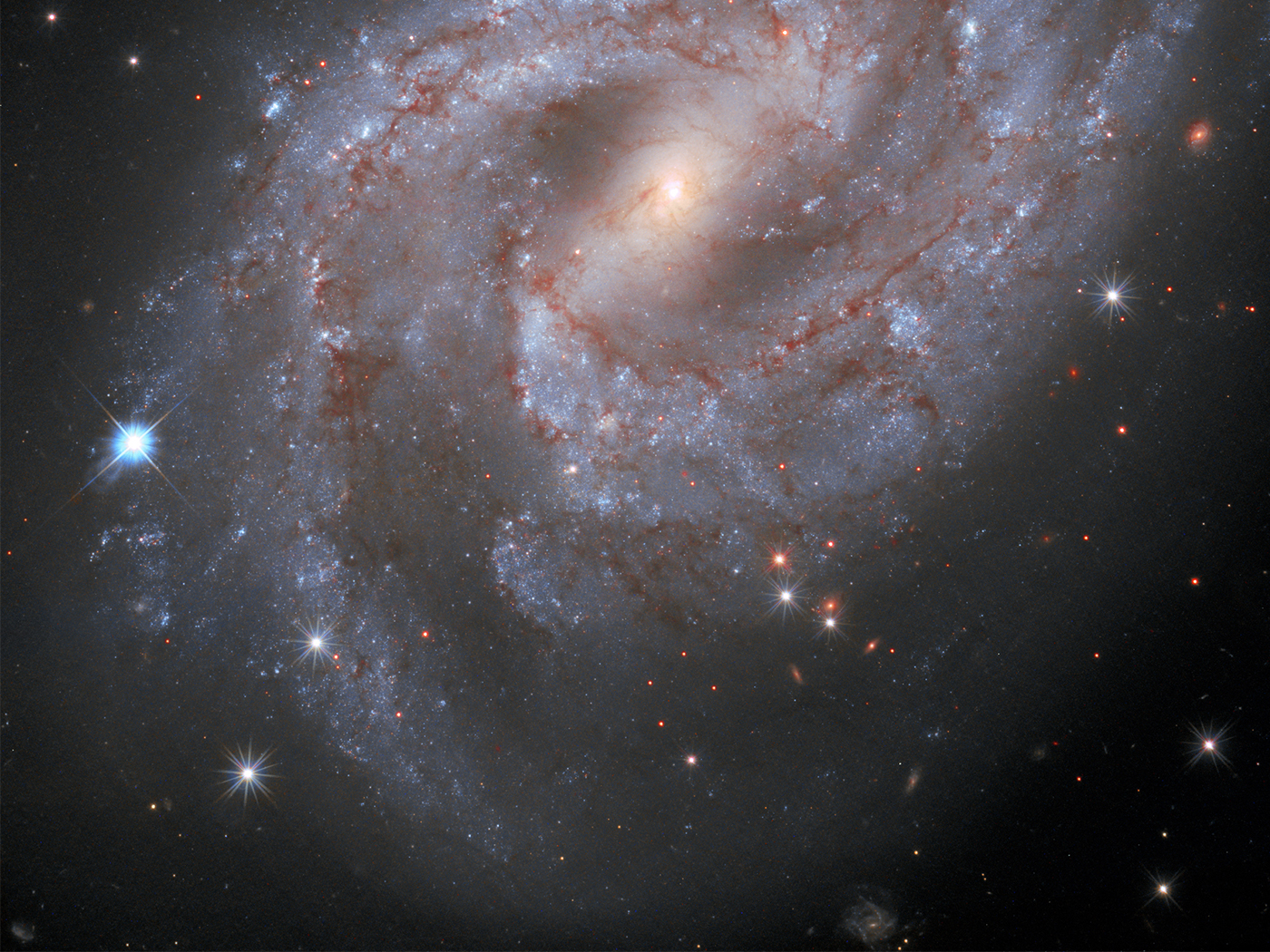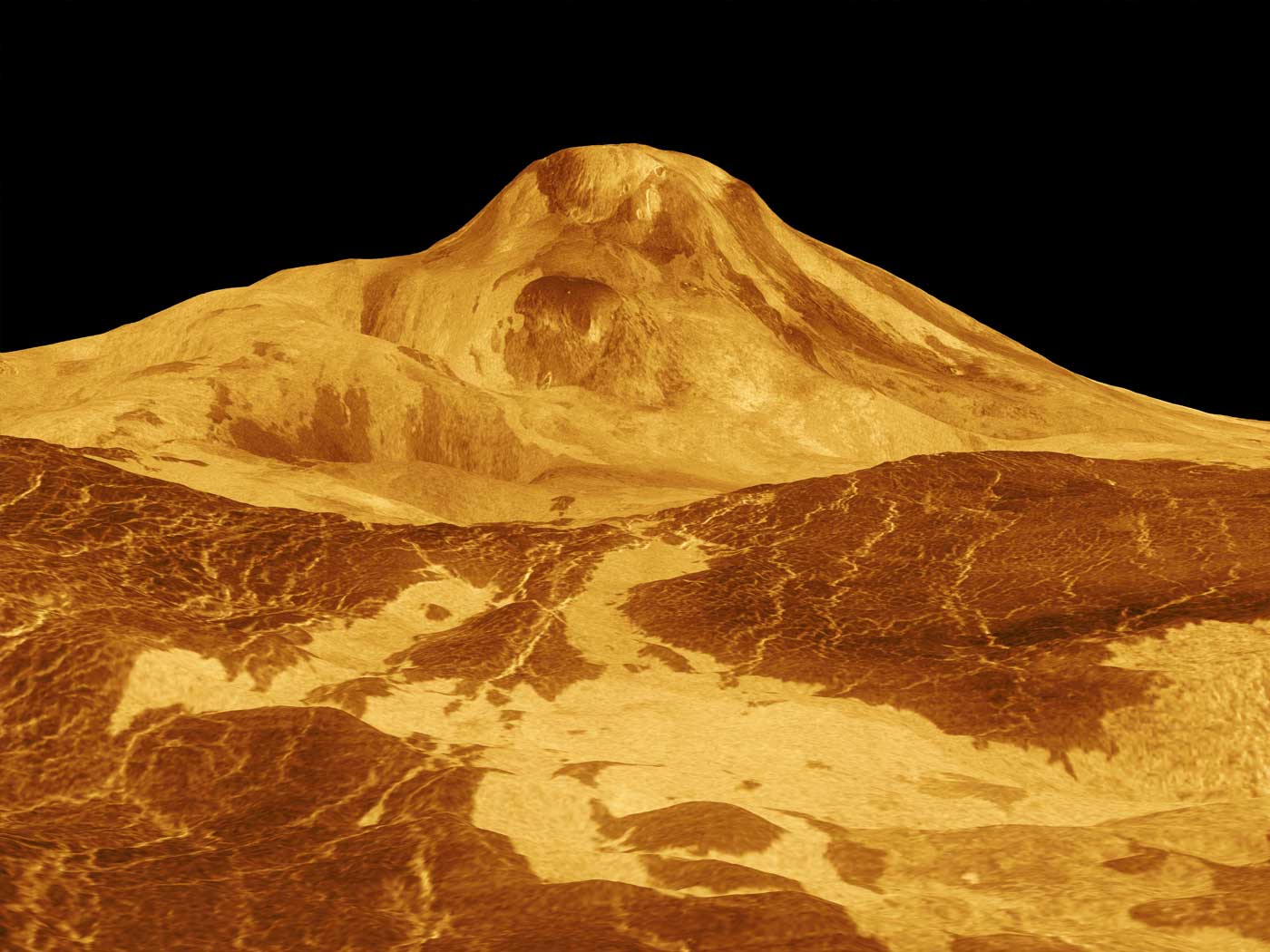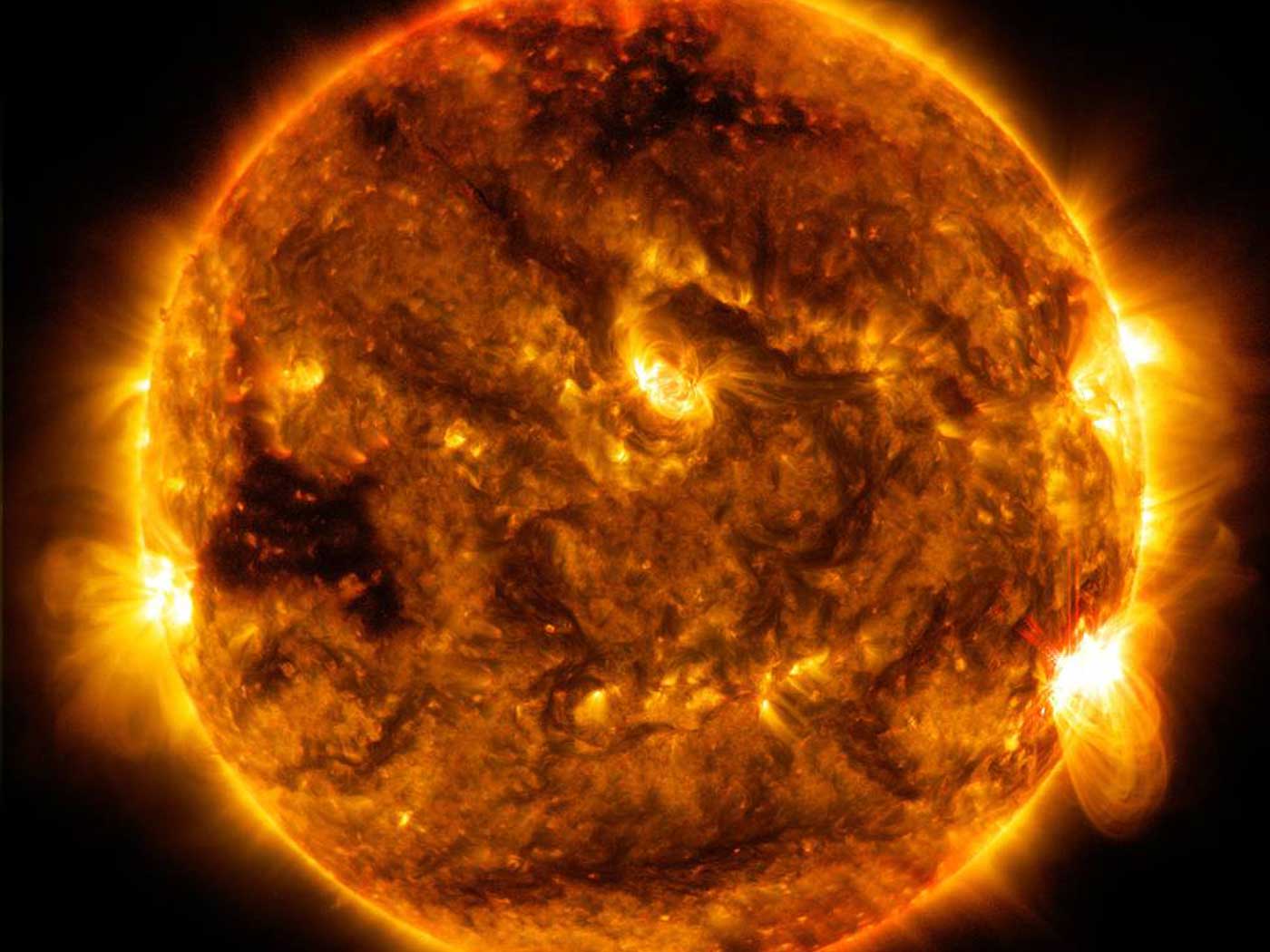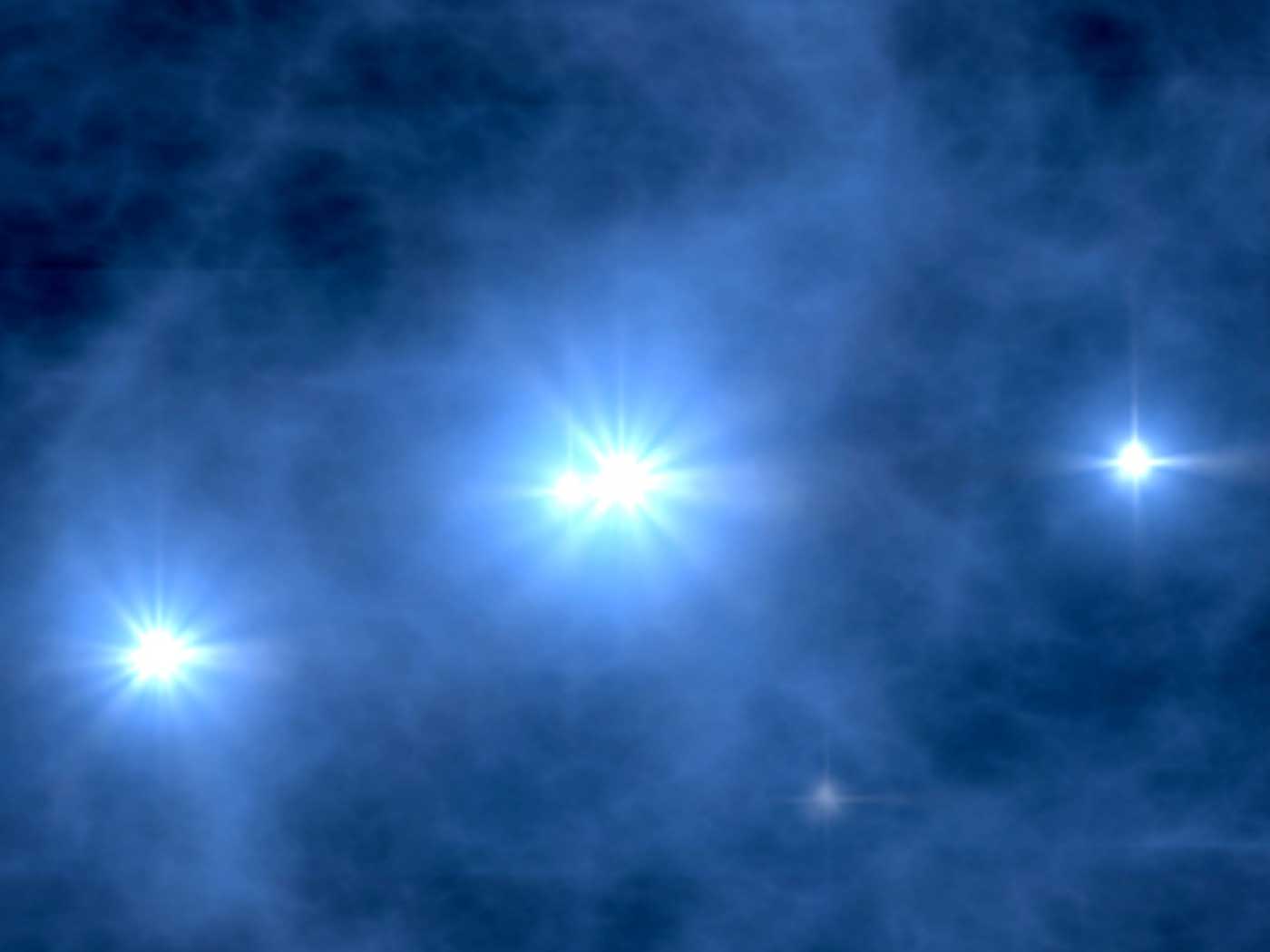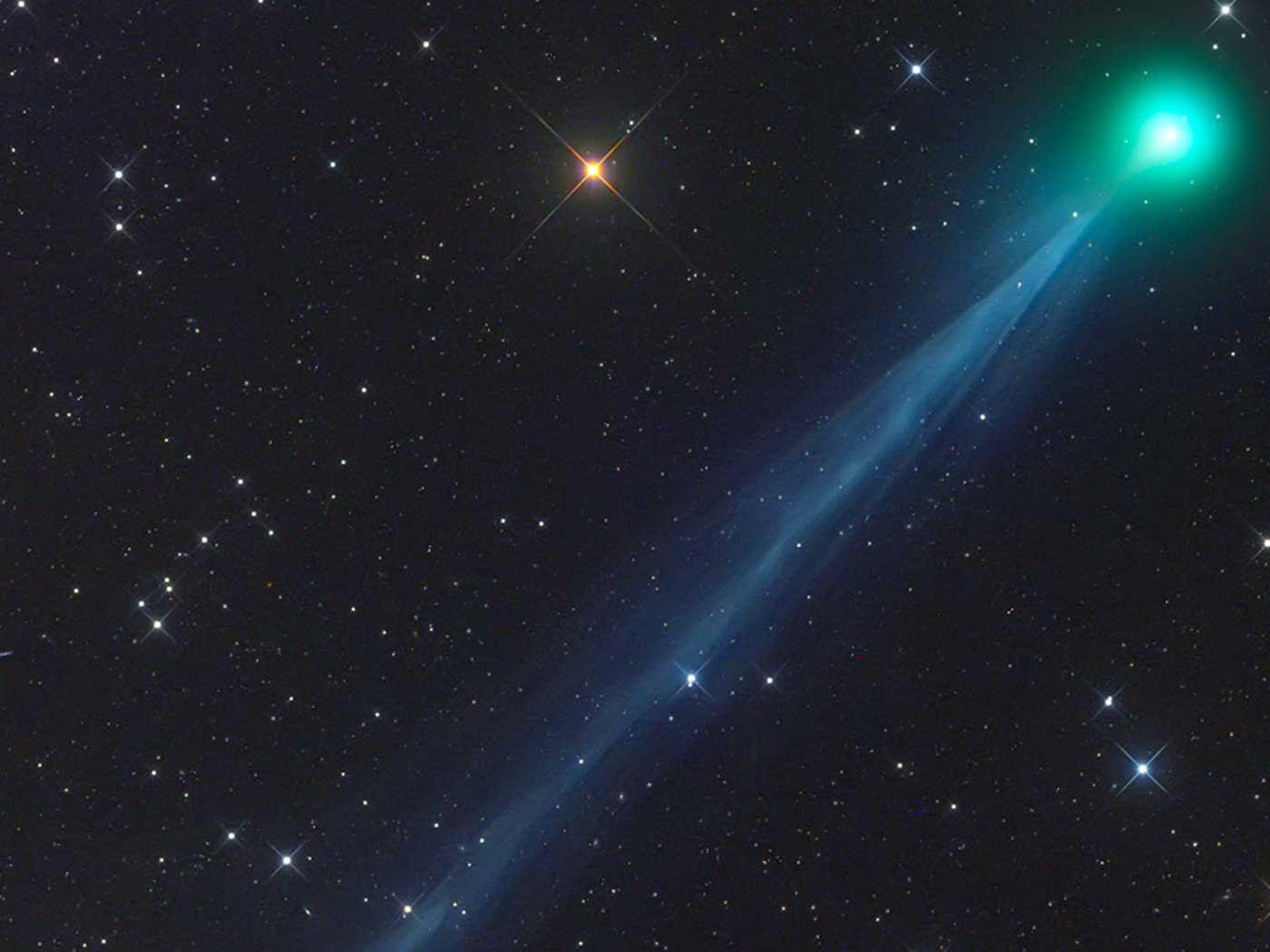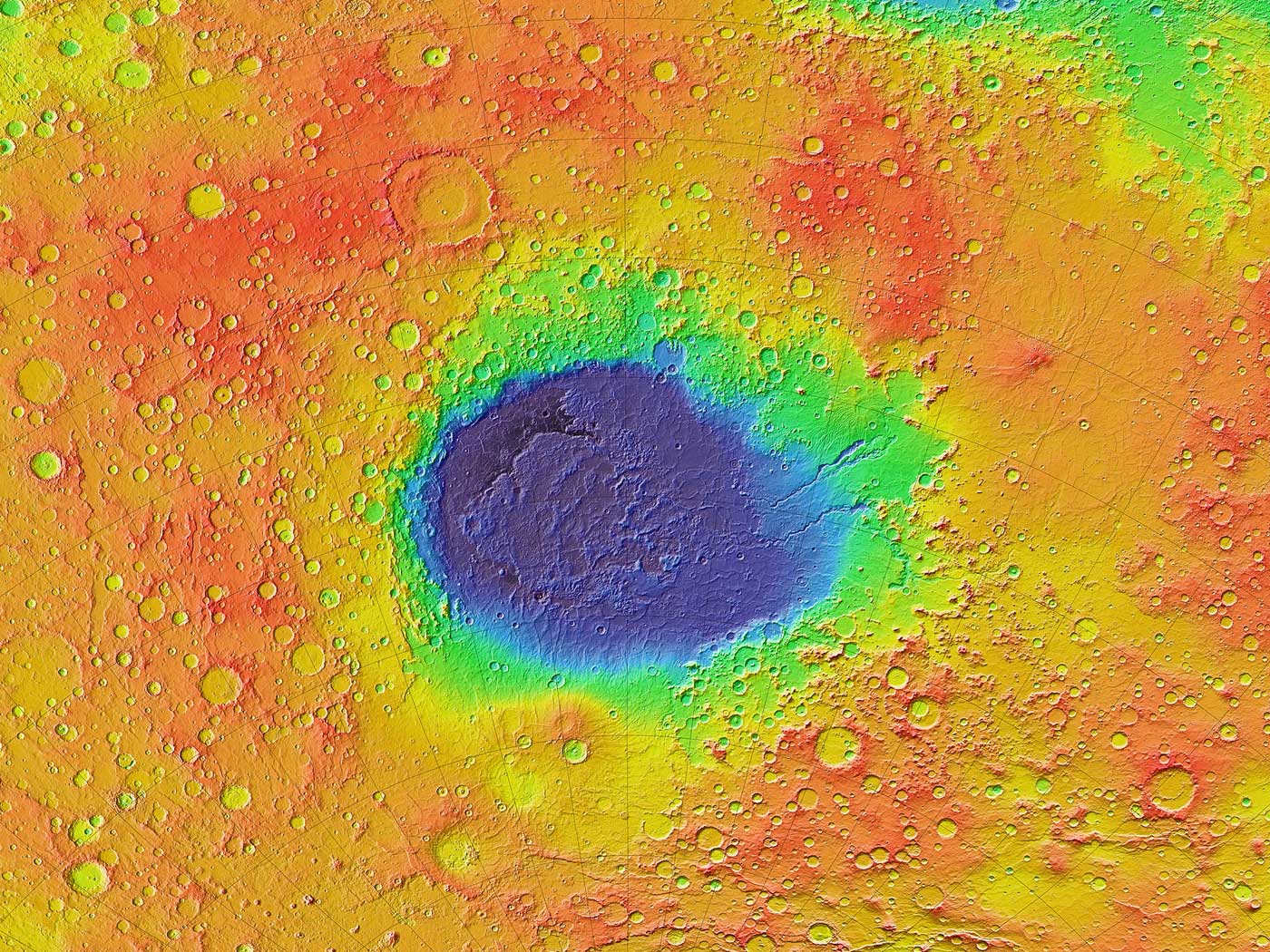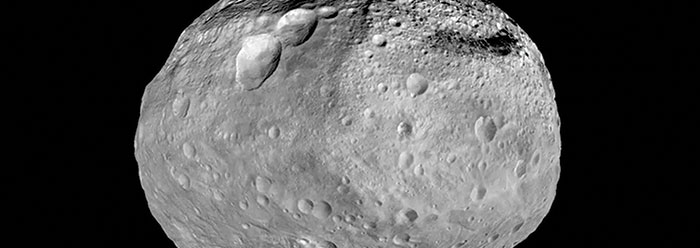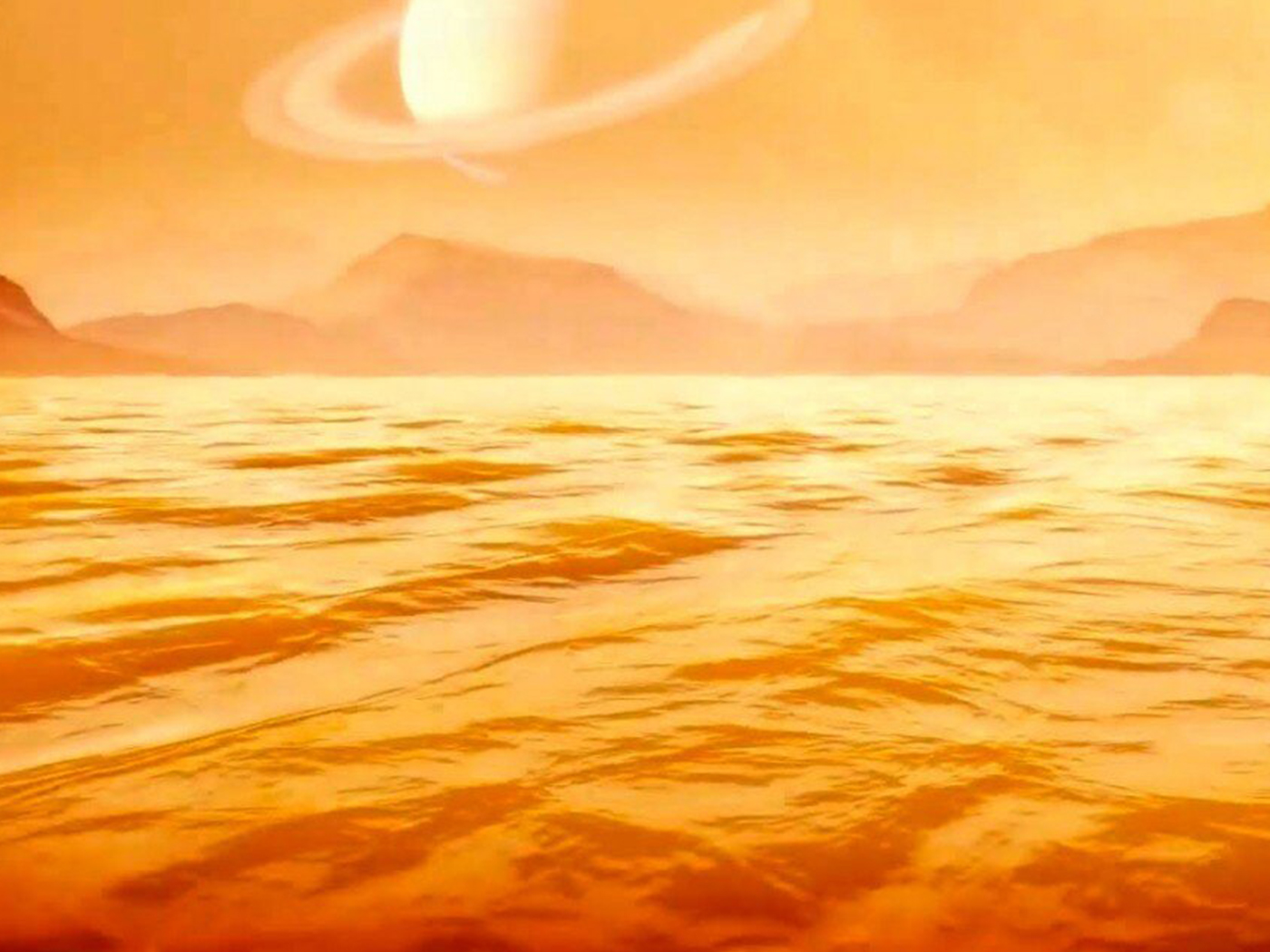This month (July 2020), multiple astronomical objects highlight God’s glory displayed in the heavens.1
For the next two weeks, all five planets visible to the naked eye—Mercury, Venus, Mars, Jupiter, and Saturn—appear shortly before dawn for observers in the continental United States.2 However, Mercury, Jupiter, and Saturn are all low on the horizon at that time, so an unobstructed view of the horizon is recommended. Also, you may need a pair of binoculars to see Mercury.2
The planets are aligned along an imaginary arc called the ecliptic that stretches roughly east to west.3 Venus, Mars, Jupiter, and Saturn are relatively easy to find in the night sky, because they are generally much brighter than stars. In fact, if you live in a light-polluted area, they tend to jump out at you, because they are some of the few celestial objects that you can see under less-than-ideal conditions. However, the ecliptic is very low on the horizon for observers at high northern and southern latitudes, making viewing the planets more difficult.
Even for observers outside the continental United States, the planets should be visible, although not necessarily all at the same time. Jupiter and Saturn are currently close together in the sky and quite bright.4 Online websites such as Heavens Above can show you where the planets will appear in the sky at your location and at what times.5,6
Even if you live in a light-polluted area, a modest-quality telescope should enable you to see the rings of Saturn and the gas bands of Jupiter, as well as some of Jupiter’s four large moons. In fact, I was once able to see them from my driveway using just a 5-inch aperture telescope, even though I live in a suburban neighborhood with streetlights and houselights!
The annual Delta Aquariids meteor shower occurs from July 12 to August 23, and should reach its peak before dawn on Tuesday, July 28. The meteor shower is named after the constellation Aquarius, because, although the meteors can be seen in all parts of the sky, their paths can be traced backward to a point in the constellation Aquarius.7 Like all meteor showers, this one is best viewed under moonless, dark skies, far away from the city lights. Best viewing times are after midnight and before dawn. The shower is visible to observers in the northern mid-latitudes, although southern hemisphere observers should have a better view.7 And even if you should miss this meteor shower, the bright Perseid meteor shower has already started. It peaks in the early morning hours of August 11-13, displaying possibly as many as 40-50 meteors per hour!8
And don’t forget Comet NEOWISE! This comet is the brightest comet in our sky since 1997. For most northern hemisphere observers, it is now visible a little above the horizon in northwest evening sky, below the well-known “Big Dipper” asterism.9 You can use the website The Sky Live to see if, when, and where this comet will be visible from your location.10 In fact, several other comets currently may also be seen with binoculars or a small telescope, although they are not as bright as NEOWISE.10
In fact, Jupiter, Saturn, comets, and meteor showers all indicate that our created solar system is young, just as Scripture indicates.11,12
Wishing you clear skies this summer as you enjoy God’s celestial handiwork!
References
1. Psalm 19:1-4.
2. You can see 5 planets in the sky this month, NASA reveals. KAKE ABC. Posted on kake.com July 17, 2020, accessed July 17, 2020.
3. The planets are always aligned along this arc, although they are not always visible in the nighttime.
4. McClure, B. and D. Byrd. July 2020 guide to the bright planets. EarthSky. Posted on earthsky.org, accessed July 17, 2020.
5. The web address for this website is www.heavens-above.com.
6. In order to see what the night sky will look like from your location, click on the “Interactive sky chart” option on the Heavens Above home page. Then use the box in the upper right-hand corner of the screen to specify your location, using either the name of your city or your latitude and longitude. The box will then give you your local time, with 1:00:00 corresponding to 1:00 am, and 23:00:00 corresponding to 11:00 pm. You may then use the date and time buttons in the upper left corner of the screen to advance the clock so that your local sky is displayed for that time.
7. McClure, B. and D. Byrd. Delta Aquariids 2020: All you need to know. EarthSky. Posted on earthsky.org, accessed July 17, 2020.
8. McClure, B. and D. Byrd. Perseid meteors 2020: All you need to know. EarthSky. Posted on earthsky.org, accessed July 17, 2020.
9. Mack, E. Comet Neowise is a photographers’s dream: Tips for capturing it. CNET. Posted on cnet.com July 17, 2020, accessed July 17, 2020.
10. The Sky Live.
11. Hebert, J. 2018. Our Young Solar System. Acts & Facts. 47 (9).
12. Hebert, J. 2020. Lyrid Meteor Shower Peaks This Week. Creation Science Update. Posted on ICR.org April 20, 2020, accessed July 17, 2020.
*Dr. Jake Hebert is Research Associate at the Institute for Creation Research and earned his Ph.D. in physics from the University of Texas at Dallas.
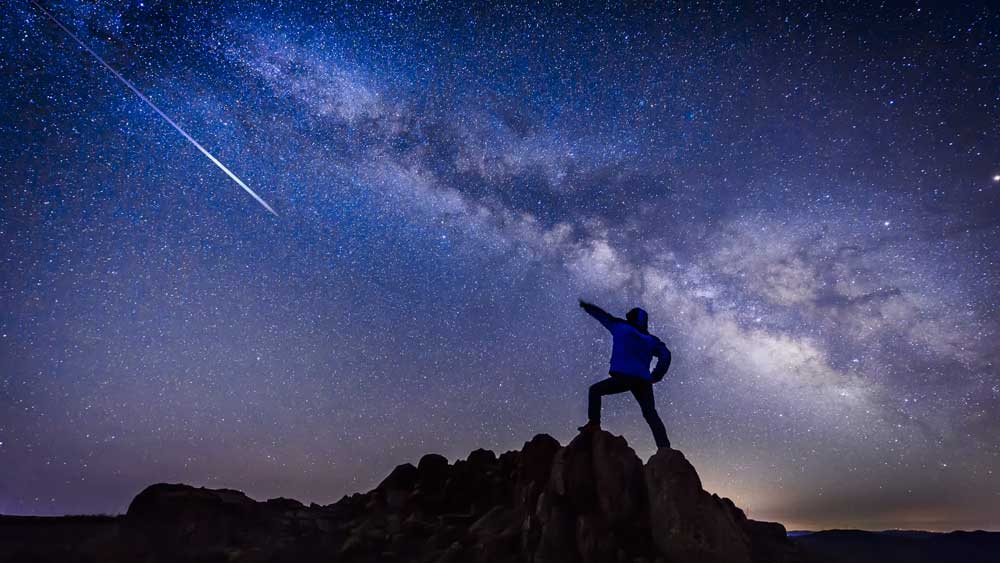
July Astronomical Highlights
The Latest
The Golden Numbers
Evolutionists theorize that the universe came into being through random means. Fundamentally, randomness lacks symmetry since the very concept of symmetry...
Scientists Question Foundational Big Bang Assumption
In April 2024, some of the world’s leading cosmologists convened at the Royal Society in London to question the cosmological principle—the...
Moroccan Dinosaurs in Marine Rocks, Too
Two recent papers by paleontologist Nicholas Longrich and his colleagues describe some unexpected findings in phosphate mines of northern Morocco.1,2...
CREATION PODCAST
Ernst Haeckel: Evolutionary Huckster | The Creation Podcast:...
Ernst Haeckel, a German Zoologist, is famous for developing a series of images of embryos in development called Anthropogenie. These images,...
Bees Master Complex Tasks Through Social Interaction
Bees are simply incredible.1,2 These little furry fliers challenge the very foundation of Darwinism in many diverse ways.
Bees have been...
The Tail of Man’s Supposed Ancestors
Although it has been known for decades and despite insistence to the contrary from the evolutionary community, man—Homo sapiens—has never...
When Day Meets Night—A Total Success!
The skies cleared above North Texas on Monday, April 8, for a spectacular view of the 2024 Great American Solar Eclipse. Hundreds of guests joined...
The Sun and Moon—Designed for Eclipses
Before discovering thousands of planets in other solar systems, scientists tended to assume that other solar systems would be very similar to our own....
Let ICR Help You Prepare for the Great American Solar Eclipse!
On Monday, April 8th, the moon will move directly between the earth and the sun, resulting in a total solar eclipse visible in northern Mexico, much...
Total Eclipse on April 8th
“You alone are the LORD; You have made heaven, the heaven of heavens, with all their host, the earth and everything on it, the seas and all that...





